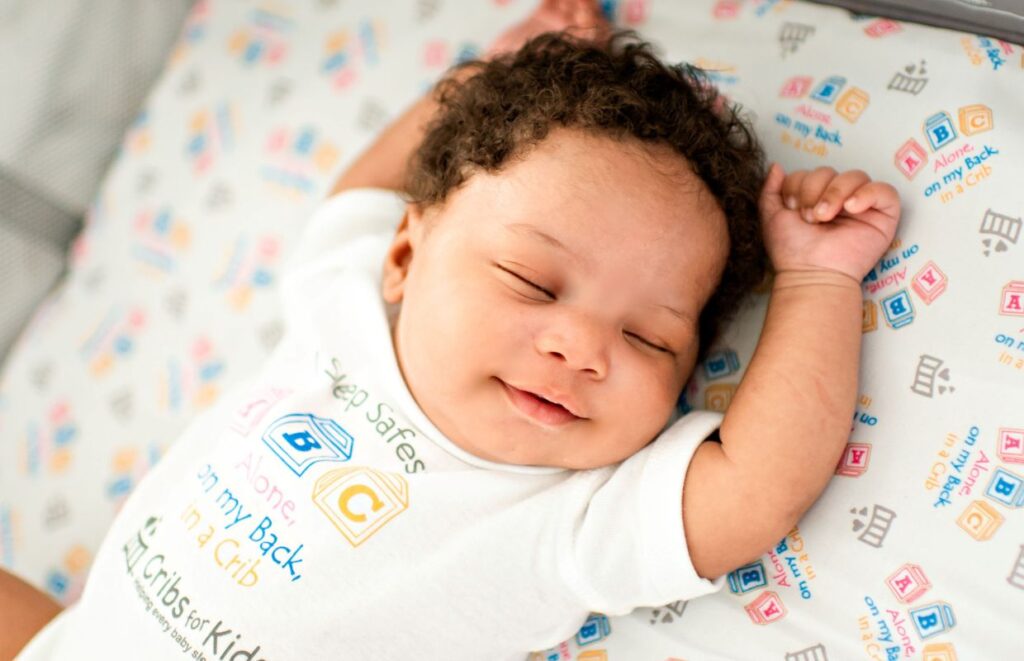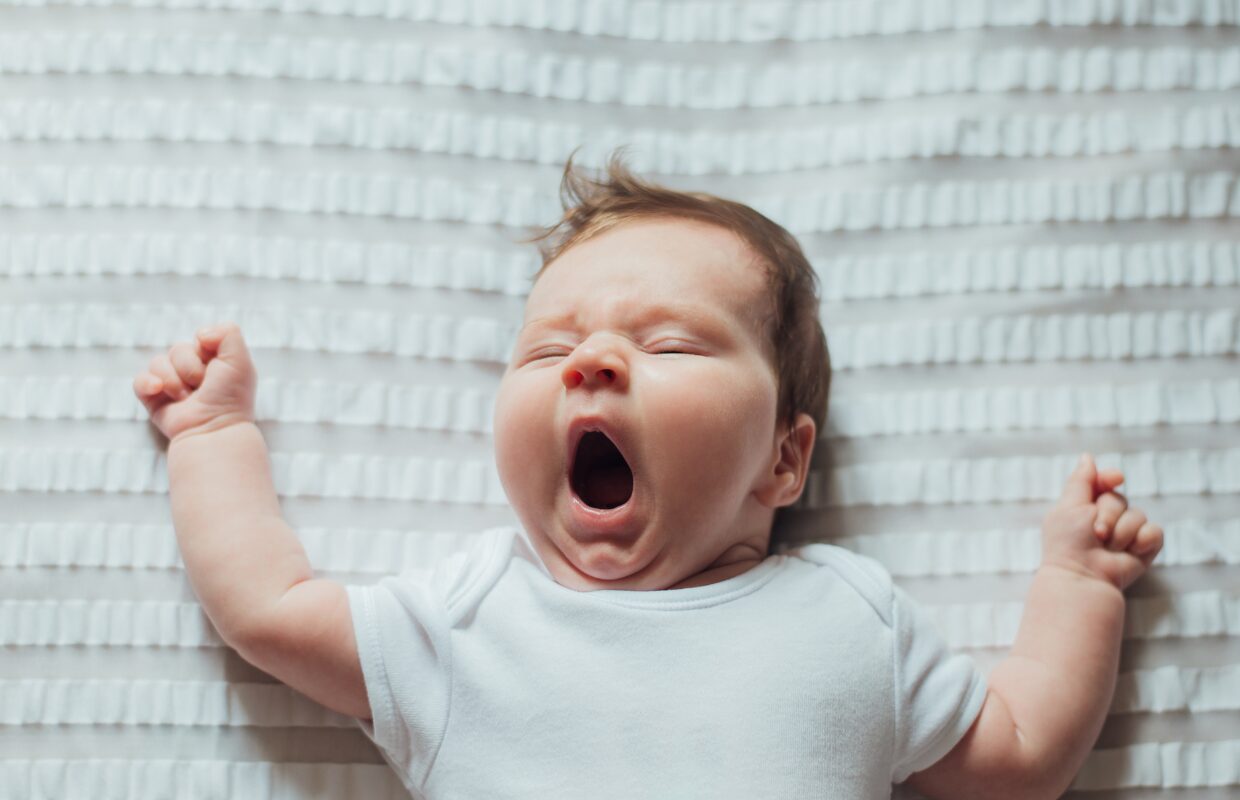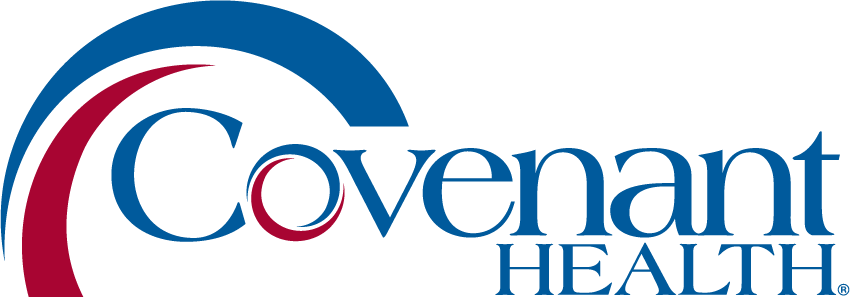
The Importance of Infant Safe Sleep
Infant Safe Sleep is a passion of LeConte Medical Center and its staff. The goal of partnering with the Cribs for Kids Safe Sleep program is to prevent infant sleep-related deaths through educating parents and caregivers. Our team is passionate about making a difference in the lives of our community and helping to decreasing the number of infant deaths in East Tennessee. Below you can find some of the essentials when it comes to infant safe sleep.
Infant Back Sleeping
Did you know that side of stomach sleeping can increase the probability of an infant rebreathing their own exhaled breath? This can cause the air to become trapped near the baby’s nose or mouth area, which increases the amount of carbon dioxide the baby breathes. The situation becomes even more dangerous when the infant is sleeping on a soft surface or smoke-filled area.

While raising a child, many parents or grandparents can fear that a child might choke while laying on their back. However, it is important to note that babies have a special reflex to keep their airway open and avoid choking. Evidence even shows that babies are more likely to aspirate (choke) while sleeping on their stomach.
Firm Infant Sleep Surface
Some adults may love the feeling on sleeping on clouds and prefer a softer sleeping surface. However, a soft sleeping surface for an infant can be extremely dangerous due to the possibility of rebreathing their own breath or even suffocating if they roll onto their stomach. Therefore, all babies should use a firm and recommend sleeping surface inside a crib. The firm surface should also be covered by only a fitted sheet and excluded all other blankets.
A Clean Crib for Infant Sleep
From blankets to toys and other items, it can be tempting to place things inside of the crib. However, only one thing should be inside of the crib and that is your newborn. It is highly recommended that the firm sleeping surface is covered by a fitted sheet and no other blankets.

To ensure that your baby is warm, it is recommended that you consider using a wearable blanket or sleeper onesie. Introducing other items into an infant’s crib can increase the likelihood of infant deaths due to the potential for choking. Therefore, the crib should be a clean space that provides as much safety as possible for the newborn.
Keeping an Infant Warm While Sleeping
During the winter months, parents or caregivers can worry about a child being cold while sleeping. However, if you pile on layers of blankets into the crib, you can present not only a sleeping hazard but can also overheat the baby, which is a contributing factor to infant sleep related deaths. Therefore, parents and caregivers should not dress an infant in more than one extra layer than they would wear themselves.

A safe warming option would be wearable blankets such as a sleeping sack, or warm sleeper that is the right size for your baby. We also recommend that parents stay away from head coverings because they can be linked to overheating or can become dislodged and end up near the baby’s mouth, which poses a choking hazard.
Always remember:
- Dress the baby correctly.
- Avoid hats and other head coverings.
- Don’t use blankets.
No Bed Sharing or Couch Sleeping
It can be tempting to bed-share with a baby, but it can be extremely dangerous for the baby. When someone sleeps in the same bed as a baby an increase in the likelihood of suffocation and other sleep-related deaths occurs. This could include the caregiver accidently rolling over onto the sleeping baby. In addition, we should all remember that an adult bed is not appropriate for a baby, even without another person in it.

Room Sharing
The safest alternative to bed-sharing is room-sharing. Room-sharing is when infants sleep in the same room but on a different sleep surface as a parent, sibling, or another caregiver. This set-up helps increase safe sleep and ensure the baby is still placed in a safe environment. Furthermore, room-sharing has been shown to reduce the risk of death by up to 50%.
Latest Safe Sleep Education
Help us decrease the number of infant deaths by increasing the awareness of infant sleep safe measures.



